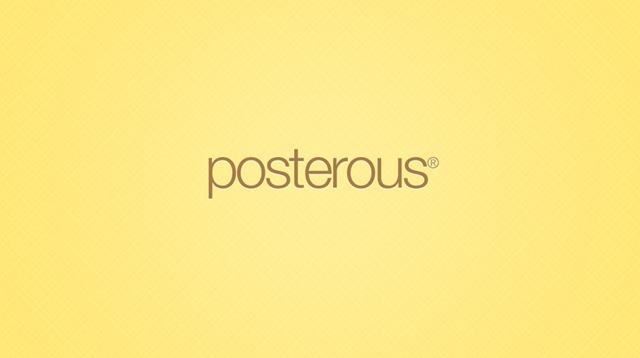Sad to see good products go down and fade to oblivion. I received an email from Posterous, saying that the service was closing down so the staff could focus more on Twitter. Here’s an excerpt from that email –
Posterous launched in 2008. Our mission was to make it easier to share photos and connect with your social networks. Since joining Twitter about one year ago, we’ve been able to continue that journey, building features to help you discover and share what’s happening in the world – on an even larger scale.
On April 30th, we will turn off posterous.com and our mobile apps in order to focus 100% of our efforts on Twitter. This means that as of April 30, Posterous Spaces will no longer be available either to view or to edit.
What this means for the thousands of users on Posterous is a migration process to other publishing platforms. This means researching on other platforms who provide similar service. Fortunately, Sachin Agarwal, the founder of Posterous has moved his personal blog to WordPress and states his reasons for choosing WordPress.
What makes me sad is that a good product which was working and had millions of users is being shut down. Another example of this happening is Google Reader … it was still being used by many and I still have not found a satisfactory replacement for it! I wonder what must have gone through the core team’s mind when they decided (or were told) to pull the plug on this service.
Why do organizations acquire other start-ups only to disband the team and use them for fuelling their own product development? I understand the acquiring company must have clarity on why it is acquiring the other firm … was it ever there when Twitter acquired Posterous?
